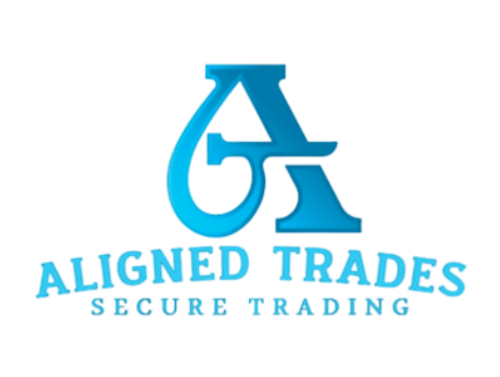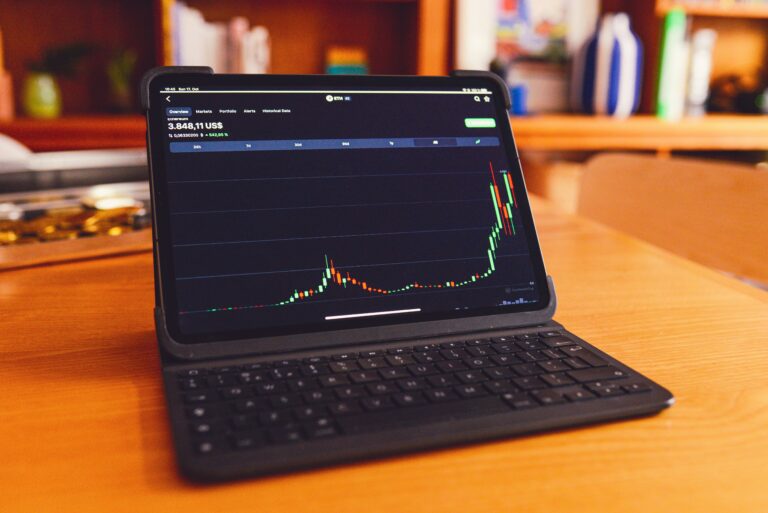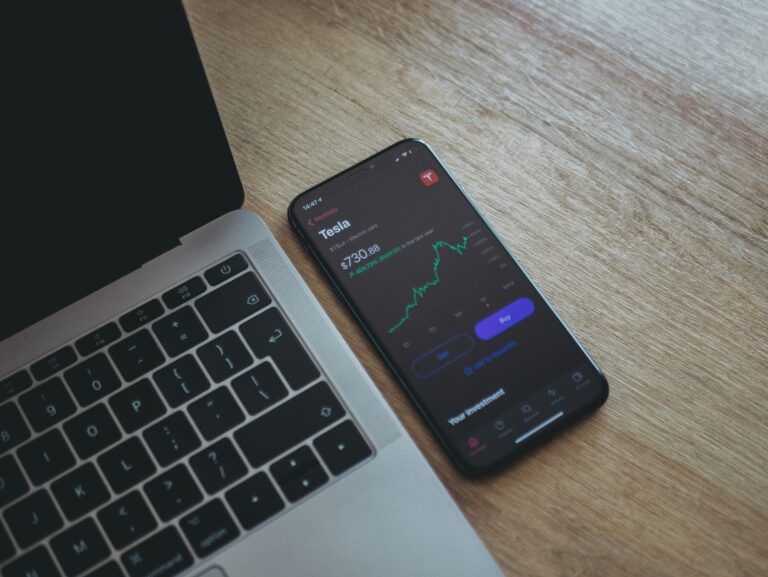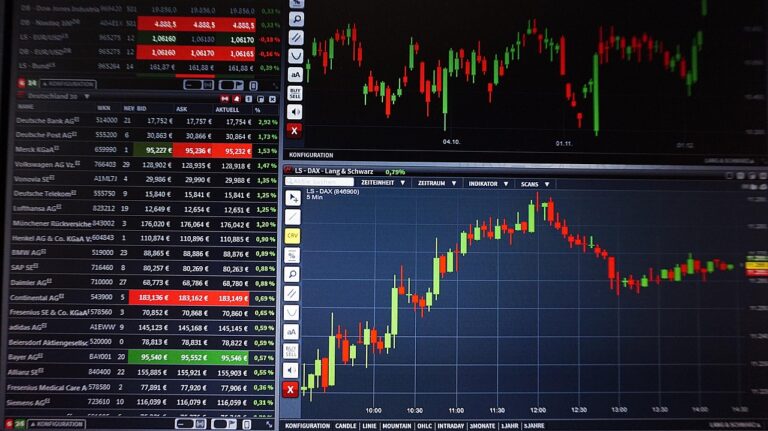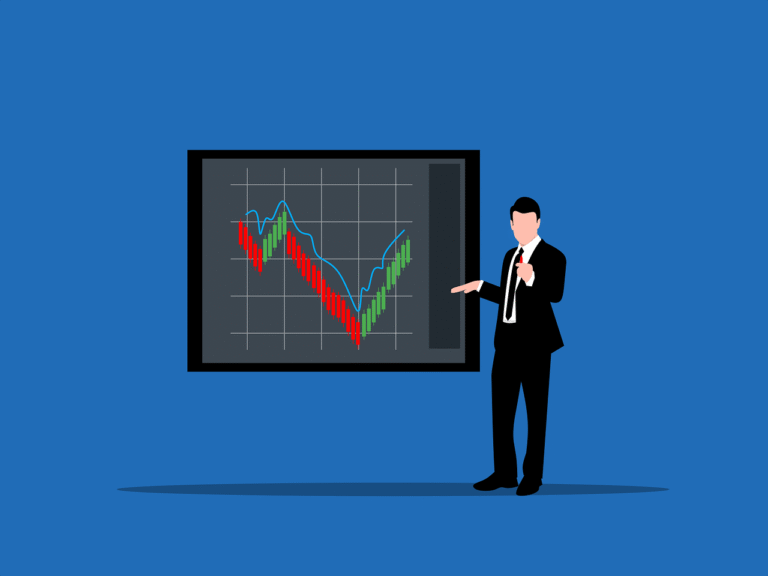What is the Difference Between Investing and Trading?
What Is the Difference Between Investing and Trading?
When it comes to building wealth, the terms investing and trading are often used interchangeably—but they’re not the same. In fact, understanding the key differences between investing and trading can significantly impact your financial success and help you choose the strategy that aligns best with your goals.
In this post, we’ll break down the major differences between investing and trading, explain how each works, and help you determine which approach is right for you.
Understanding Investing
Investing is the process of putting money into financial assets like stocks, bonds, ETFs, or real estate with the goal of generating returns over time. Investors typically hold assets for the long term—sometimes years or even decades—with the aim of growing wealth gradually and steadily.
Key Characteristics of Investing:
- Time horizon: Long-term (years to decades)
- Risk level: Generally lower compared to trading
- Goal: Gradual wealth accumulation and passive income
- Strategy: Buy-and-hold approach
Investors rely on fundamentals like earnings growth, company stability, industry trends, and market cycles. Their focus is often on the bigger picture rather than short-term price movements.
Understanding Trading
Trading, on the other hand, involves buying and selling financial instruments over shorter periods—sometimes within minutes, hours, or days—to capitalize on market volatility and price fluctuations.
Key Characteristics of Trading:
- Time horizon: Short-term (days to weeks or even minutes)
- Risk level: Higher due to market volatility
- Goal: Quick profits from short-term price changes
- Strategy: Technical analysis, charts, and trend patterns
Traders typically analyze technical indicators and news events to make quick decisions, and they often use tools like stop-loss orders to manage risk. Advanced platforms like Aligned Trades can assist with auto-trading strategies that reduce human error and execute trades based on data-driven signals.
Investing and Trading: What’s the Main Difference?
The main difference between investing and trading lies in the approach and time commitment. Investors think long-term and aim to grow wealth gradually, while traders look for short-term opportunities to make faster profits.
Comparison Table:
| Aspect | Investing | Trading |
|---|---|---|
| Time Horizon | Years or decades | Short-term (days, weeks, months) |
| Strategy | Buy and hold | Buy low, sell high (often quickly) |
| Focus | Fundamental analysis | Technical analysis |
| Risk Level | Lower (if diversified) | Higher (due to volatility) |
| Typical Assets | Stocks, bonds, mutual funds, real estate | Stocks, forex, crypto, options |
Which One Is Right for You?
Choosing between investing and trading depends on your risk tolerance, time availability, financial goals, and experience level.
- If you’re patient and focused on long-term growth: Investing might be your best path. It’s ideal for retirement planning, building wealth over time, and minimizing day-to-day market stress.
- If you enjoy analyzing charts and making quick decisions: Trading could be a great fit. It’s exciting, fast-paced, and offers the potential for quicker gains—but with increased risk.
Can You Do Both?
Absolutely. Many successful people combine both strategies. They invest a large portion of their capital in long-term assets while allocating a smaller portion to active trading opportunities. Platforms like Aligned Trades make this hybrid approach even easier by offering automated trading options that work around your schedule and preferences.
This approach allows you to enjoy the benefits of steady growth from investing while also seizing fast profits from trading—without being glued to the screen 24/7.
Final Thoughts
Understanding the difference between investing and trading is essential for creating a smart and balanced financial strategy. Both approaches have their strengths—and when used correctly, they can complement each other beautifully.
If you’re just starting out, take time to assess your risk tolerance, goals, and schedule. If you’re looking to trade with precision and less stress, consider using a trusted auto-trading platform like Aligned Trades to guide your efforts and help you make data-driven decisions.
👉 Ready to get started? Explore how Aligned Trades can support your journey—whether you’re investing for the long haul or trading for faster returns.
